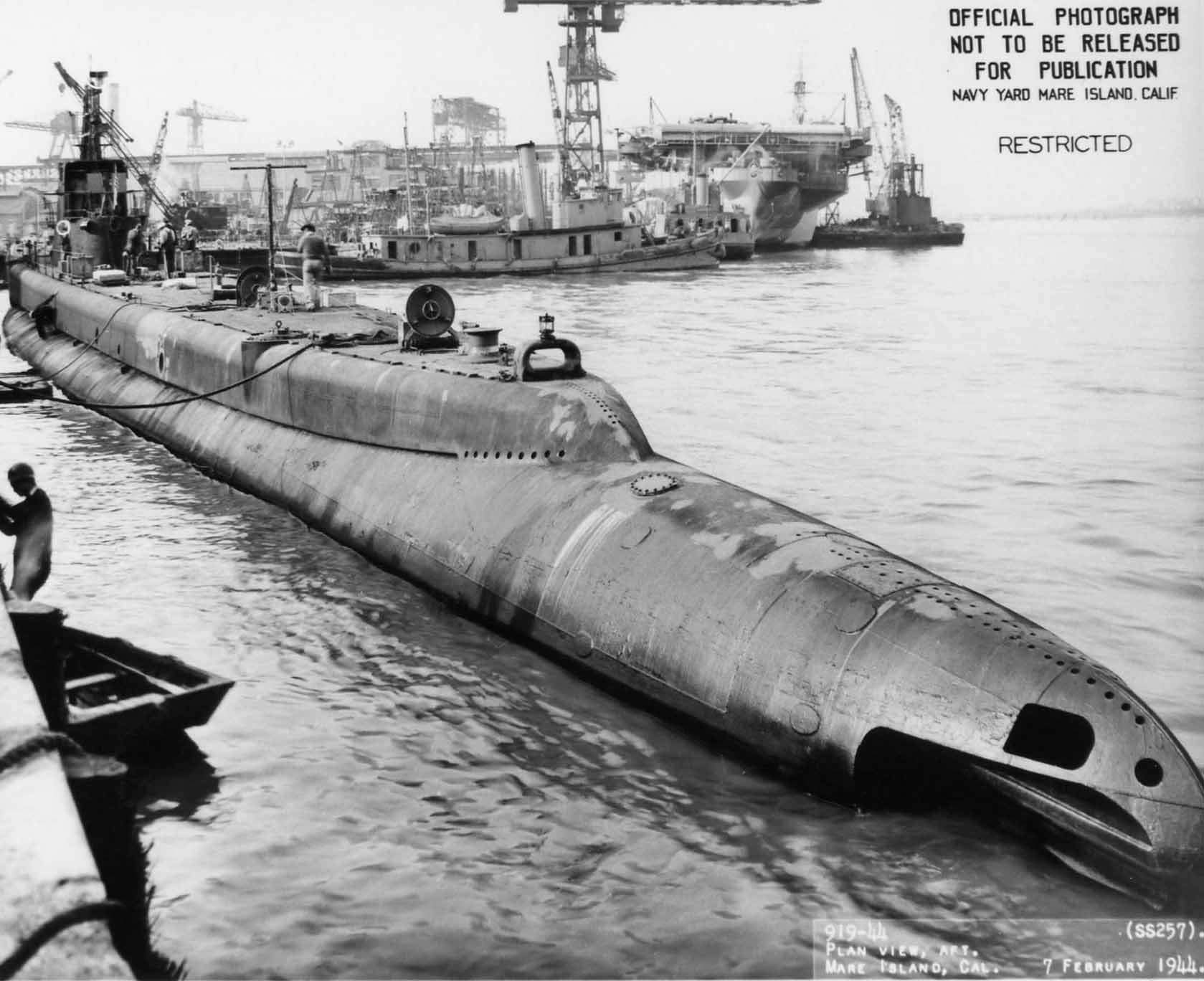
Fort Niagara, located on the eastern bank of the Niagara River at Lake Ontario, was an early French fortress captured by the British in July 1759. It became a Loyalist base during the American Revolution, but was ceded to the United States at the end of the war, although not completely controlled by American troops until 1796.
At about the midpoint of the War of 1812, the fort once again became a British stronghold. After only seventeen years under American control, Fort Niagara was re-captured by the British two hundred years ago this month, on December 19, 1813. As a strategically important U.S. garrison on the Canadian border, anyone commanding the fort controlled river and portage access between two Great Lakes—Ontario and Erie. It was a critical portal to Ohio, Michigan, and the American Midwest.
During the War of 1812, the British were garrisoned across the river at Canada’s Fort George. Tensions were obviously high between the two forts, occupied by opposing armies, and they frequently exchanged artillery fire. The Americans succeeded in capturing Fort George in May 1813 yet abandoned it in early December, burning the fortress and the surrounding town. Although in ruins, Fort George was quickly reoccupied by British forces, giving them a prime position to attack the American garrison across the river. Late on the night of December 18,, five hundred British troops crossed the river south of Fort Niagara, marched north, raiding and burning villages en route, surprising the American defenders, and easily taking the fortress before dawn on the 19th. They held it for the duration of the war.
The Treaty of Ghent, signed to end the War of 1812, declared that captured territory be returned “status quo ante bellum,” meaning that anything captured by the British during the war was returned to the United States, including Fort Niagara. Although it has not been an active military post since 1940, the site is still in use today. The “French Castle,” built by France in 1726 still stands and “Old Fort Niagara” is now an historic site. Its importance in several wars over three centuries is revealed through reenactments, exhibits, tours, and events.
Explore the War of 1812 Collection on Fold3.




